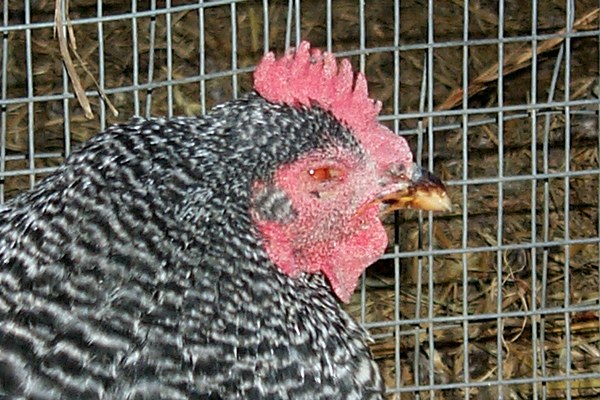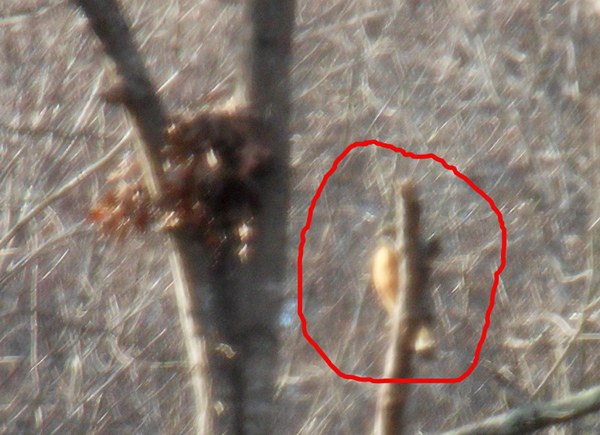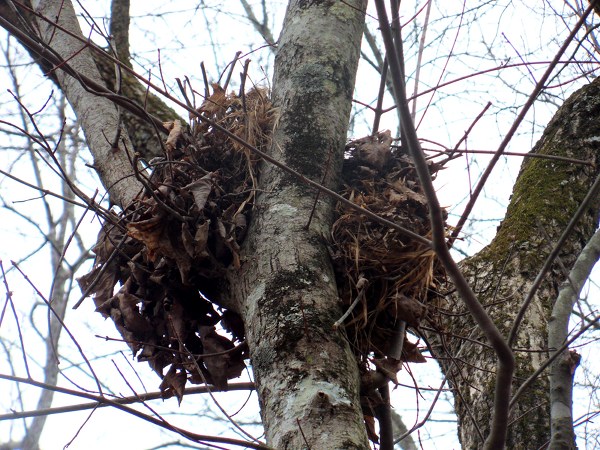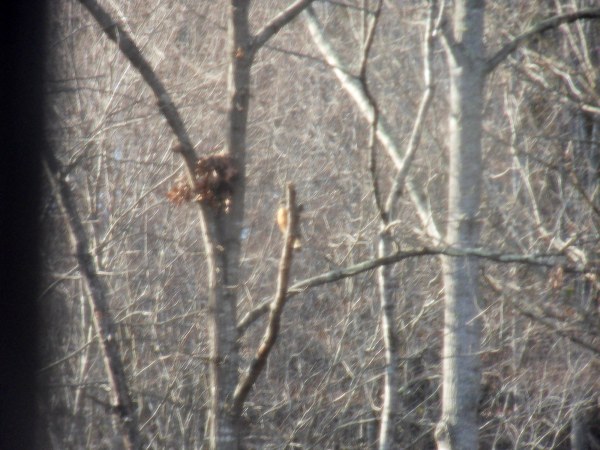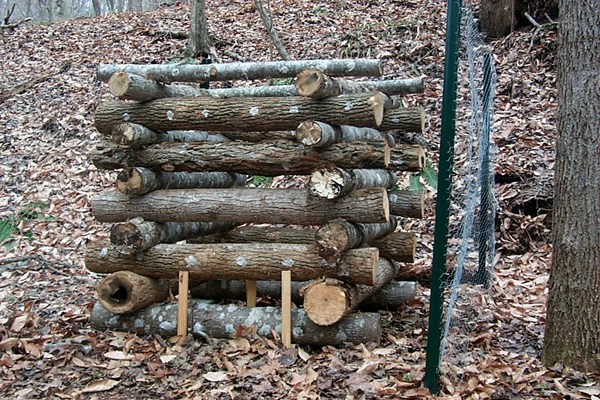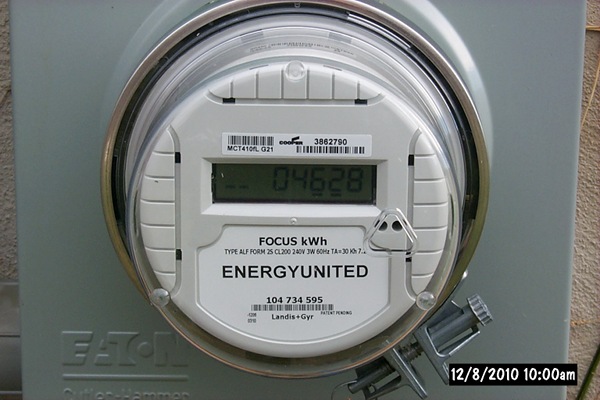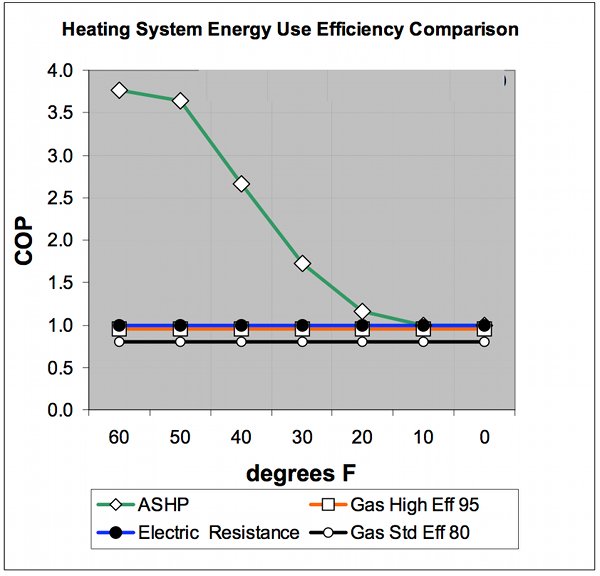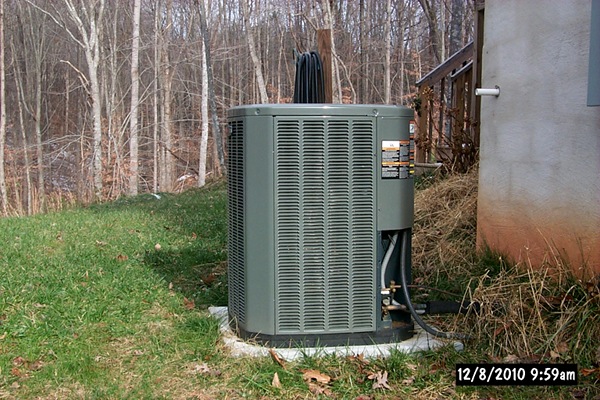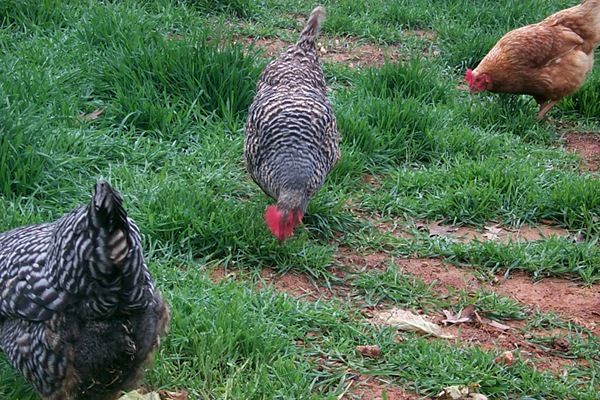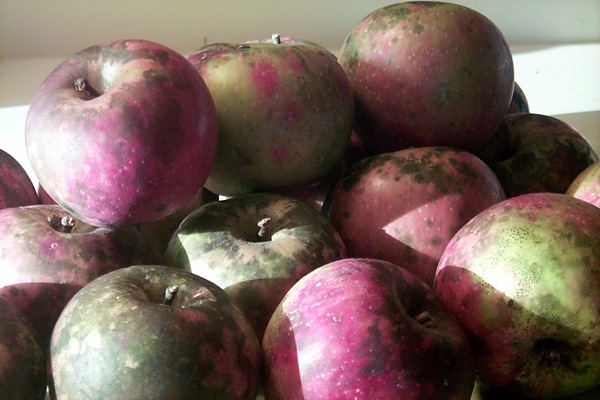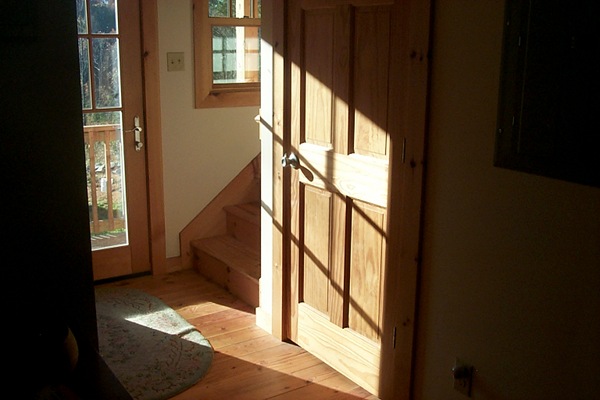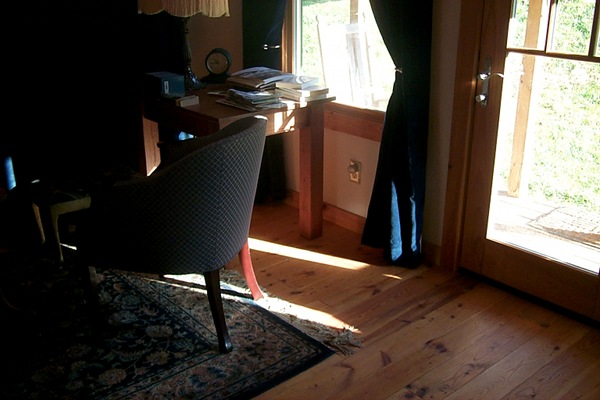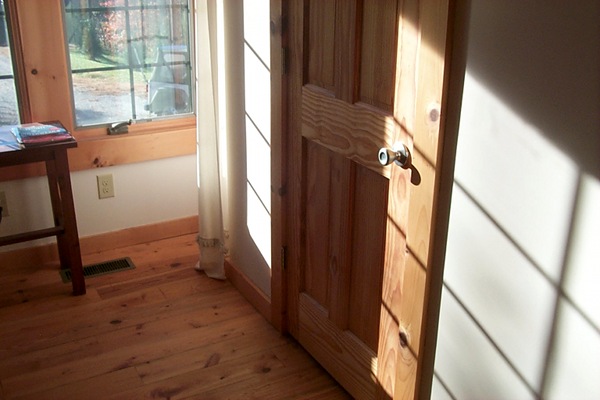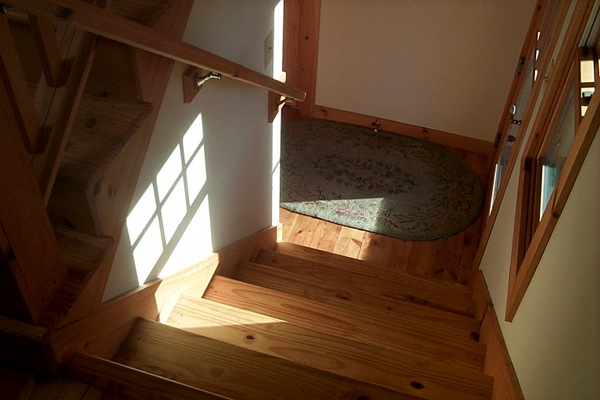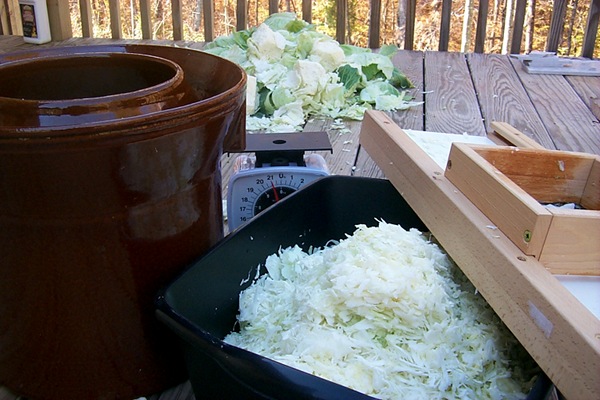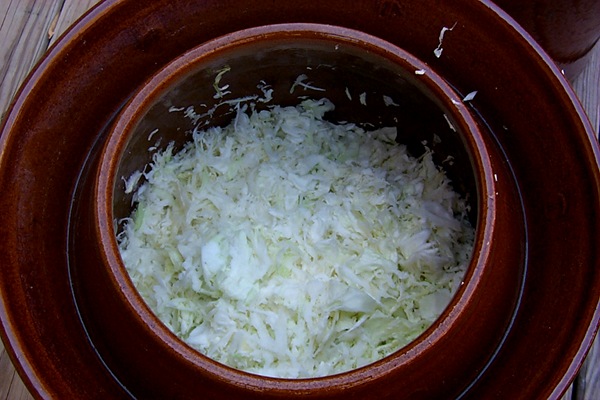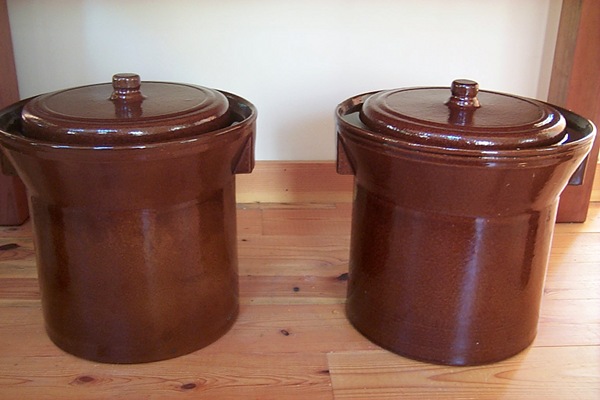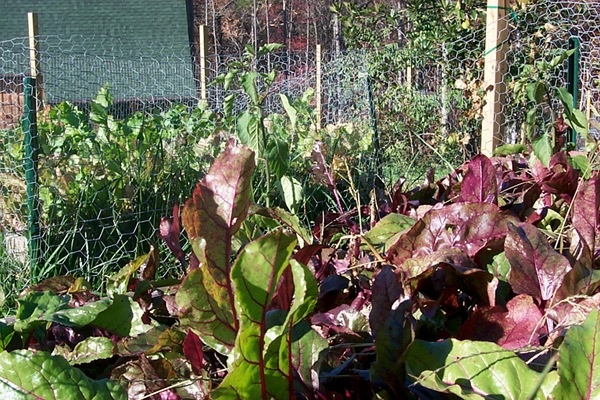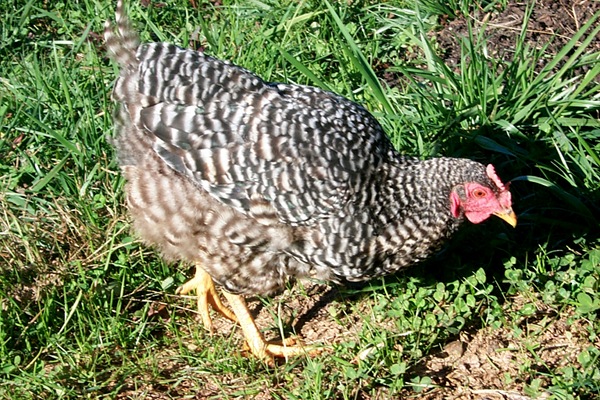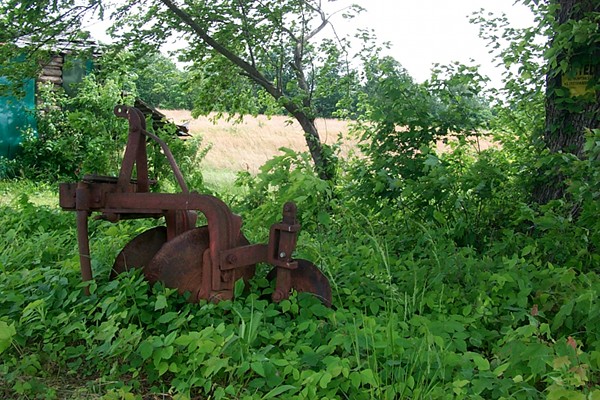
I can guess what this retired Stokes County farm tool was doing in 1935.
What is the right amount of preparedness? The official position of the American government is that every family should have at least a three-day supply of food, water, and necessities. The assumption is that, in a regional disaster, help can be expected to come within three days. But that didn’t work too well, did it, for the people of New Orleans during Hurricane Katrina? Some churches ask their members to maintain a year’s supply of food and essentials.
When we ask ourselves just how much preparedness is enough preparedness, we also must ask ourselves how prepared we can be without creating waste. Food won’t store forever. Do those people who store a year’s worth of supplies have a system for rotating and using those supplies? If they don’t, then it’s all wasted. If they do rotate their supplies, then they’re always eating food that’s old and will soon go bad. And of course preparedness is not only about food. Some “preppers,” as they’re often called, also seem to think that they need huge stocks of guns, ammunition, gasoline, and so on. Is that a good investment?
The December 20 & 27, 2010, issue of The New Yorker contains an article titled “The Efficiency Dilemma: If our machines use less energy, will we just use them more?” The article is here, subscription required. The article describes a problem that befuddles economists and environmentalists. That’s the fact that the benefits of increased efficiency generally don’t lead to less consumption. An example is refrigeration. The efficiency of refrigerators has increased many times over since the electricity-guzzling refrigerators of the 1950s, and yet the total per-capita cost of refrigeration has risen steeply since the 1950s, because we refrigerate more things. The article quotes James McWilliams, the author of Just Food, on an American habit of which I am very guilty:
“Refrigeration and packaging convey to the consumer a sense that what we buy will last longer than it does. Thus, we buy enough stuff to fill our capacious Sub-Zeros and, before we know it, a third of it is past its due date and we toss it.”
Yep. And my own freezer needs cleaning out even as we speak. The article quotes Jonathan Bloom, author of American Wasteland, on a disturbing statistic: Since the 1970s, per-capita food waste in the United States has increased by half, and we now throw away 40 percent of our food!
What this means for a preparedness strategy is that, unless our strategy is prudent, we are just generating more waste.
I marvel sometimes at the survivalists who gather at www.SurvivalBlog.com. These folks, right-wingers who see themselves as libertarians, think that stashing food is not enough. They also believe in having lots and lots of guns (including assault weapons), reinforced bunkers, elaborate surveillance equipment including night vision scopes and trip wires, big generators with a lot of stored fuel, etc. I can’t help but ask myself: Is that a good investment?
An old friend of mine, Jonathan Rauch, published a book in 1993 titled Kindly Inquisitors: The New Attacks on Free Thought. In the book, Rauch talks about the mindsets of certain people who think they have a direct channel to the truth. “Fundamentalism,” Rauch writes, “is the strong disinclination to take seriously the possibility that you might be wrong.”
If we have a well-considered model of the world, we can make some educated guesses about the future. But no one can know for sure what the future will bring. Shouldn’t we hedge our bets, then, and do what we can to prepare for possible hard times without creating yet more waste? If “the end of the world as we know it,” or TEOTWAWKI, as it is called at SurvivalBlog, never happens, then what good were those huge arsenals of guns, those huge stashes of ammunition, those costly concrete bunkers, those perimeter-surveillance systems? They were a huge waste. They cost a fortune. They did not improve anyone’s quality of life, now or in the future. Those tripwires and No Trespassing signs weakened, rather than strengthened, a community.
Before buying those arsenals and building those bunkers, did those people ask themselves: What if I’m wrong?
So how much preparedness is enough, and how do we hedge our bets? We all have to make our own calls, based on our own situation and our own guesses about what we think the future will be like. I can speak only for myself.
My own view is that, though horrendous events such as a meteor strike or a total economic collapse could happen, the odds are against it. What I think is highly probable, though, is that hard times are not yet over and that Americans are going to have to adapt to a reduced or static standard of living. I also believe that Americans consume too much and waste too much. I will do what I can to prepare for what I think is highly probable. But I am nowhere near rich enough to prepare for all the kinds of bad things that could happen but for which the probabilities are too low to even estimate. This outlook is what shapes my view of the right level of preparedness.
So I ask myself, before I spend money on, say, a 400-foot deer fence around my little orchard and garden and henhouse, “Is this the right thing to do, no matter what happens?” In the case of the deer fence, I decided that it was the right thing to do, because even if I won the lottery I still would want to produce as much of my own food as possible, and around here that requires deer protection. Every expenditure for preparedness is an exercise in cost-benefit, priorities, and risk assessment. I’d like to have a generator, for example, but I see that as less important than, say, a good tiller. I bought the tiller. The generator must wait.
How much food should we store? We must all decide for ourselves. But the more of our own food we can produce, the less we have to store, and so I’m emphasizing production rather than storage. Even so, I have several milk crates full of canned foods in my storage closet, and the expiration date on much of it is coming up in 2011. I don’t really use much canned food, so one of the chores I must do soon is sort through that food and give most of it away before it expires. I’ve also got to clean my freezer and be smarter about how I use the freezer from now on.
How many guns do we need? My answer to that is about the same as one of my grandfather’s: a .22 rifle and a shotgun. A deer hunter would need more. An arsenal of automatic weapons, to my lights, would be a hobby at best and a paranoid obsession at worst. Nor can I imagine justifying the cost of such a hobby.
Again and again, as I reflect on the question of preparedness and sustainability, I think of 1935. Those were hard times in America. Industrialization had not yet reached the point at which many Americans don’t want to even cook for themselves and thus outsource their cooking to corporations by buying processed foods or eating at chain restaurants. Suburbanization had not yet happened. Outside the cities, most Americans still produced most of their own food. Communities were strong. Neighbors helped each other out rather than putting up No Trespassing signs and hoarding machine guns. As they said a few years after 1935, during World War II, “Use it up, wear it out, make it do, or do without.”
Maybe this is a sentimental, unarmed (or lightly armed) Norman Rockwell view of hard times. But it certainly is more appealing than a Road Warrior view of hard times — guns and raids and slaughter. It’s also a level of preparedness that most of us can afford — those of us with jobs, at least. And even if 2011 turns out to be morning in America, a preparedness that emphasizes producing more for ourselves and doing more for ourselves while buying less is a good investment, good times or bad.


